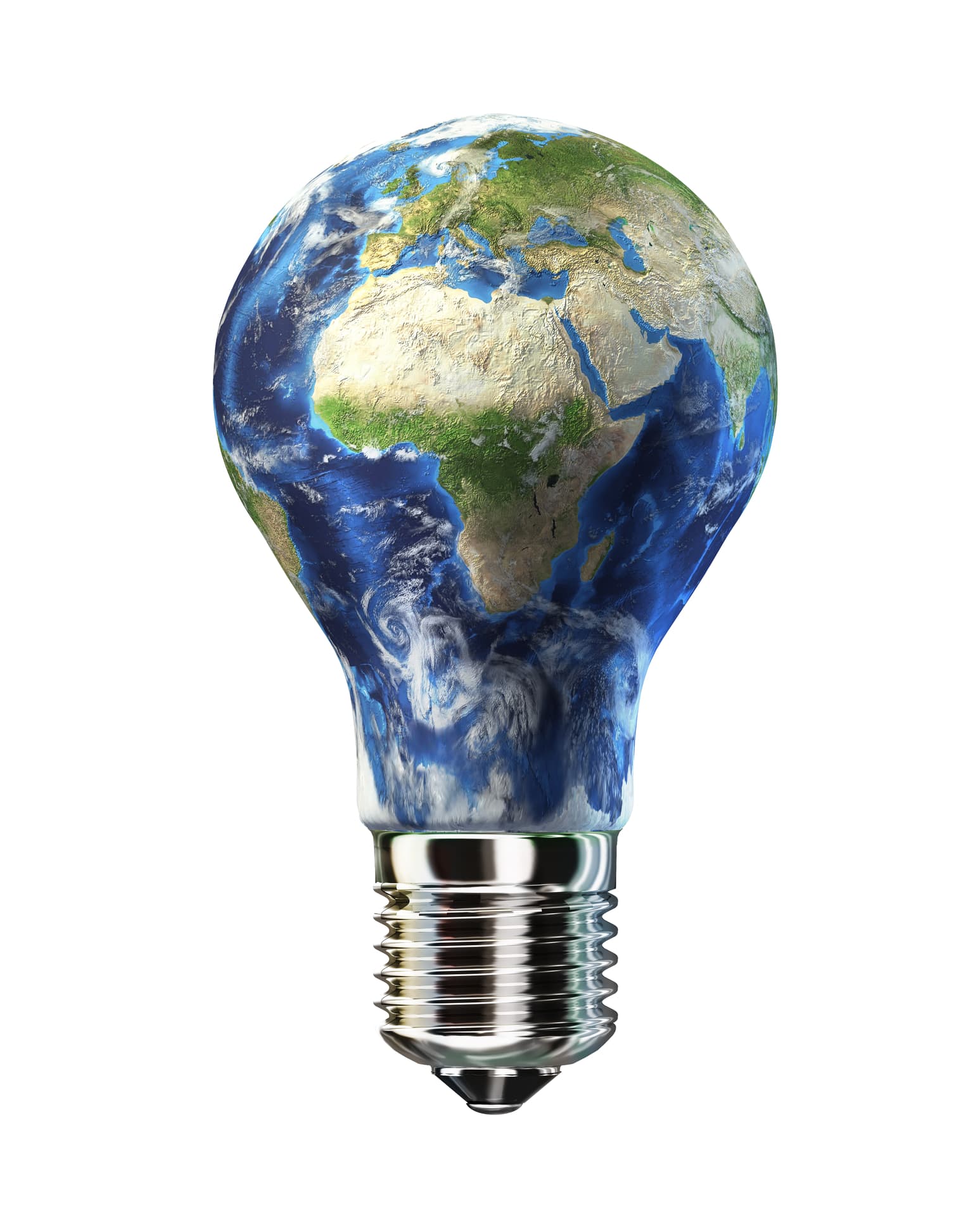No longer are renewables the sole preserve of the environmentally minded. Technological advances have improved efficiency and reduced costs, helping to restore faith in the clean energy market. For many, investment in this sector has proved extremely profitable. Countries and corporations are seeking new ways to innovate and rationalize without having to mine, frack or burn.
From Nepal to Spain, Denmark to Peru, renewables are helping enliven economies, increase productivity and save lives. Even China, the world’s naughtiest polluter, has recognised their potential, having pumped US$56 billion into wind and solar projects in 2013 – more than all of Europe combined (source: The Economist). Whilst not to undermine their green agenda, business-savvy China is well aware that continued reliance on fossil fuels is unsustainable. Environmental degradation is poisoning the economy as well as its people, making China less attractive to prospective investors. Added to that is the constant fluctuation of fossil fuel prices. It would seem the modern affinity with renewables is related, at least in part, to the search for greater energy security. As the world’s population grows, so too does the demand for electricity. It is high time we explored some of the world’s other great energy sources.
But there is another problem: the world is not yet equipped to deal with such high demand. Billions of people, mostly in remote, rural locations (Sub-Saharan Africa being a prime example), are still without an adequate supply of electricity. Grid power is often inaccessible or simply too expensive. The implications? Work and study are limited to daylight hours (reducing productivity); crimes are easier to commit; food hygiene is a constant challenge because of inadequate (or non-existent) refrigeration; and hospitals are severely limited in scope. Rural poverty often precludes the possibility of electrification, which affects quality of life and, in turn, results in a whole lot of untapped human potential.
Schemes to ‘electrify’ rural areas are by no means a new phenomenon. Major progress has already been made using off-grid photovoltaic and wind systems. Once prohibitively expensive, microgeneration technologies are becoming more accessible, helping to empower (literally) individuals and communities worldwide. Night-time light makes for a safer, more pleasant and productive atmosphere; air quality improves because of reduced reliance on paraffin (kerosene); food can be refrigerated; businesses set up; and difficult agricultural processes mechanized. Where grid power is not a possibility, microgeneration using renewables is a genuine, sustainable solution.
And even where advanced grid networks do exist, basic microgeneration technology enables households and businesses to supplement their existing supply, reducing costs and creating a stronger, more reliable and efficient source of electricity.







